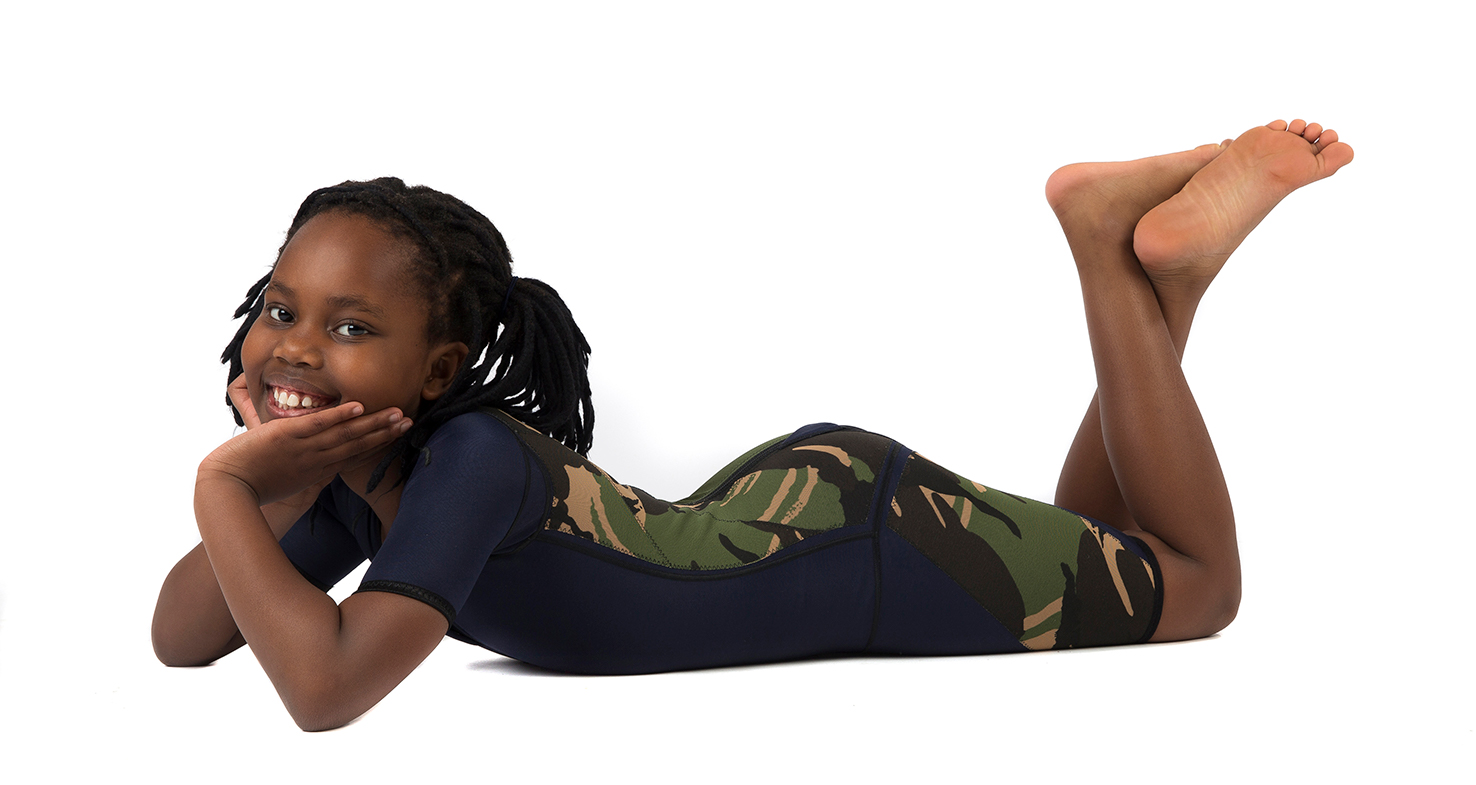Hypertonia and hypotonia are two sides of the same coin; they are medical terms used to describe symptoms of many different conditions, that have an affect on muscle tone (hence the '-tonia' suffix). In this edition of the Jobskin® blog, we will look in more detail at both of these medical terms.

The prefix 'hyper-' means 'more' or 'above', thus 'hypertonia' describes where a person has increased muscle tone, or ‘high tone’. This makes it hard for the muscles to stretch, affecting ordinary movements, and can lead to a reduction in available movement at a joint.. People with hypertonia have stiff movements and usually have problems with balance, reaching, sitting, standing, walking and ‘normal’ functioning. Hypertonia is divided into two main types:
- Spastic hypertonia. This type causes muscles to experience uncontrollable and random spasms, which are increased by movement. Spastic hypertonia is damage to the spinal cord and/or brain. Spastic hypertonia is seen in some patients with Cerebral Palsy and in other conditions which include Multiple Sclerosis or following a stroke (CVA), brain tumour or injury to the head or spinal cord.
- Rigid hypertonia. This type is often associated with conditions such as Parkinson's disease where rigid hypertonia refers to excessive rigidity of the muscles, resulting in a marked lack of flexibility. The stiffness is the same regardless of movement (unlike spastic hypertonia).
The prefix 'hypo' means 'less' or 'under' and so hypotonia is the opposite of hypertonia, characterised by decreased muscle tone, or ‘low tone’. This leads to excessive flexibility, causing the muscles to seem limp and floppy. As with hypertonia, people with hypotonia usually have problems with balance, reaching, sitting, standing, walking and ‘normal’ functioning too. At first sight, patients usually have an accentuation of their spinal curve and protrusion of their abdomen (due to lack of abdominal muscle tone). They are predominantly seen to have flat feet and tend to walk tip-toe instead of heel-toe walking. In babies there is a developmental delay, lax joints etc.
Types of hypotonia are categorised by when the damage occurred:
- Congenital hypotonia is caused by an injury at birth or an inherited or genetic condition that affects the CNS. Conditions that cause congenital hypotonia are, but are not limited to, Spinal Muscular Atrophy, Down’s syndrome, Marfan syndrome, Dyspraxia, Cerebral Palsy, Muscular Dystrophy, Congenital Hypothyroidism, Charcot-Marie-Tooth, Prader Willi Syndrome and Tay-Sachs Disease.
- Acquired hypotonia develops after birth as the result of an underlying medical condition, injury, virus/infection or trauma. Conditions that may lead to acquired hypotonia include, but are not limited to, stroke (CVA), Guillain-Barre Syndrome, brain tumour, brain infections like meningitis or encephalitis, head or spinal cord injury and myasthenia gravis.
As you have seen, there are many of the same conditions that can present with either hypertonia or hypotonia, and sometimes both are present in the same patient in different parts of the body. Pain is a symptom that unfortunately is common in both hypertonia and hypotonia too.